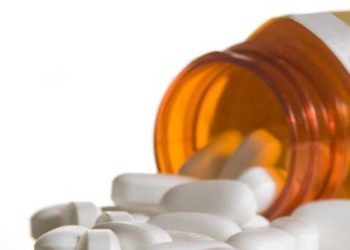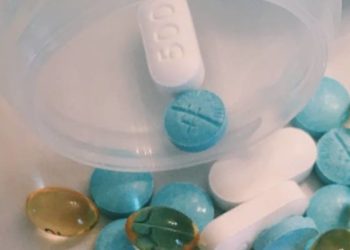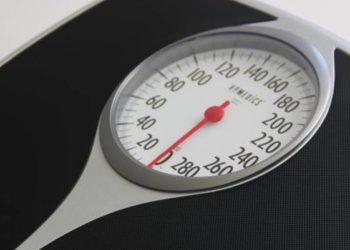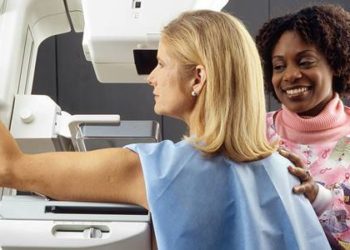Novel nerve autograft method may aid facial paralysis recovery
1. Patients with partial facial paralysis experienced marked improvement in facial function after receiving surgery to bridge their facial nerve (FN) and hypoglossal nerve (HN) via a peroneal nerve segment.
2. Compared with later intervention, early surgical intervention following facial paralysis appeared to improve patient recovery.
Evidence Rating Level: 2 (Good)
Study Rundown: Facial paralysis, caused by disease or accidental surgical injury to the FN, is often difficult to reverse. Spontaneous reinnervation, in which nerve functionality returns without intervention, occurs in some patients, but generally falls short of full recovery. Surgical methods to return facial control involve grafting the injured FN to the uninjured HN, a nerve that controls tongue movement. Such surgeries support improved facial function, though have higher success when performed early to avoid muscle atrophy and nerve degradation. Unfortunately, the surgical repair technique inherently blocks spontaneous reinnervation, which is known to occur for some patients. Additionally, clinical results from FN-HN grafts have not been fully satisfactory, with patient recovery time often lasting beyond two years.
This study investigated a new nerve grafting technique thought to allow simultaneous spontaneous reinnervation during recovery. Rather than attaching the HN directly to the FN, the authors used a nerve segment harvested from the peroneal nerve in the patient’s leg to bridge the HN and FN. Twelve patients received the nerve graft surgery, while five received no surgical intervention. Patients that had received the surgery showed remarkable recovery of their facial control, particularly when pressing their tongue to their pallet (suggesting the role of HN in the returned facial control). Patients that had not received surgery demonstrated weaker improvement in facial function. In support of a more robust recovery by patients receiving the graft, measurements of action potentials in patient facial muscles revealed surgery patients had improved electrical activity when voluntarily contracting their muscles. This study was limited by its small patient number, and lacked control populations for alternative surgical methods.
Click to read the study in the Journal of Neurology, Neurosurgery & Psychiatry
Relevant Reading: The hypoglossal–facial nerve repair as a method to improve recovery of motor function after facial nerve injury
In-Depth [prospective cohort]: This study compared partial facial paralysis recovery between two patient groups. Patients in Group 1 (n = 12) received graft surgery, and patients in Group 2 (n = 6) received no surgical intervention. All patients selected for this study had experienced unilateral facial paralysis (H-B grade: V or VI) resulting from damage to the FN during an earlier acoustic tumor resection surgery. Graft surgery was performed in patients within an average of 7.3 months of paralysis onset. During surgery, one end of the graft nerve segment (harvested from the peroneal nerve 1 week prior to graft surgery) was sutured to a small cross-sectional slit in the side of the HN. The other end of the graft nerve was split to form a “Y” shape. These ends were then sutured to the side of different branches of the FN. Facial evaluations of all patients were performed every three months for a minimum of 16 months (mean follow up: 29 months). FN function was additionally evaluated by electrophysiological measurements.
Improvement in FN function was detected as early as three months after graft surgery in Group 1 patients. Within six months of graft surgery, all Group 1 patients had improved FN function as demonstrated by perceptible facial motion and muscle contraction. A subset of Group 1 patients increased their ability move their face by pressing their tongue to the top of their mouth, suggesting HN involvement. Seventy five percent of Group 1 patients had recovered to an H-B grade II or III by last follow up, and 5 patients had recovered facial symmetry at rest. Patients with the worst outcomes (HB rating IV or V) had experienced paralysis for more than one year before graft surgery. Only 1 of 6 patients in Group 2 demonstrated functional improvement to H-B grade III, though 5 patients experienced return of facial symmetry.
More from this author: Deep brain stimulation linked to declining brain function in Parkinson’s patients, Donor and recipient regulatory T-cells may promote transplant tolerance in mice, Growth factor embedded film promotes robust bone repair, The 3C Study: Alemtuzumab may reduce acute rejection following kidney transplant, Paclitaxel-coated balloons may decrease bronchial stenosis in lung transplants
Image: PD
©2012-2014 2minutemedicine.com. All rights reserved. No works may be reproduced without expressed written consent from 2minutemedicine.com. Disclaimer: We present factual information directly from peer reviewed medical journals. No post should be construed as medical advice and is not intended as such by the authors, editors, staff or by 2minutemedicine.com. PLEASE SEE A HEALTHCARE PROVIDER IN YOUR AREA IF YOU SEEK MEDICAL ADVICE OF ANY SORT.







